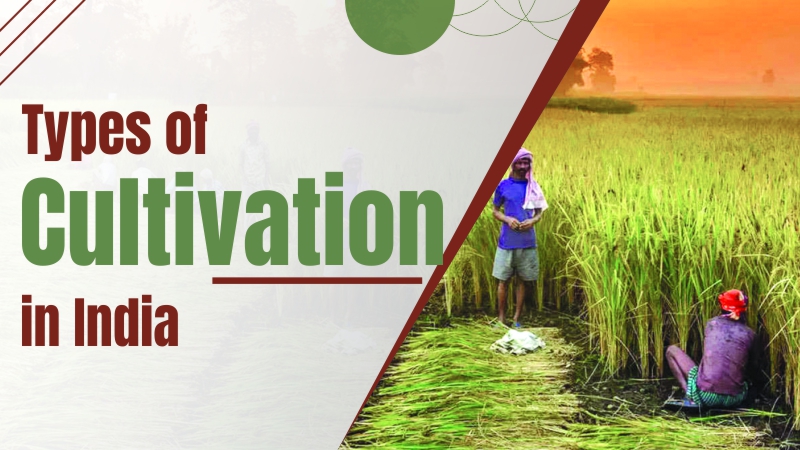Understanding Farming: Types, Implements, and Specific Crop Cultivation
Introduction to Farming
Farming is the practice of cultivating plants and livestock to produce food, fiber, medicinal plants, and other products necessary for sustaining and enhancing human life. It is a critical component of agriculture, which also includes forestry, horticulture, and aquaculture. Farming can be broadly categorized based on the scale of operation, the type of crops grown, and the methods employed. This article delves into the various types of farming, the essential implements used, and specific insights into dragon fruit, tomato, and banana farming.
Types of Farming
1. Subsistence Farming:
- Practiced mainly by small farmers in developing countries.
- Focuses on growing enough food to feed the farmer’s family.
- Utilizes traditional methods with minimal mechanization.
2. Commercial Farming:
- Aimed at producing crops and livestock for sale in the market.
- Employs modern technology, irrigation, fertilizers, and pesticides.
- Includes large-scale production of crops like wheat, rice, maize, and sugarcane.
3. Intensive Farming:
- Involves a high level of input and output per unit of agricultural land area.
- Common in densely populated areas with fertile soil.
- Utilizes chemical fertilizers, pesticides, and high-yield crop varieties.
4. Extensive Farming:
- Characterized by low inputs of labor and capital per unit area of land.
- Typically practiced in areas with low population densities.
- Examples include cattle ranching in Australia and sheep farming in New Zealand.
5. Organic Farming:
- Relies on natural substances and processes to cultivate crops and raise livestock.
- Prohibits synthetic chemicals, genetically modified organisms (GMOs), and certain fertilizers.
- Emphasizes sustainability, soil health, and biodiversity.
6. Aquaculture:
- The farming of aquatic organisms such as fish, crustaceans, mollusks, and aquatic plants.
- Can be practiced in freshwater, brackish water, or marine environments.
- Includes methods like fish farming, shrimp farming, and oyster farming.
7. Agroforestry:
- Integrates trees and shrubs into crop and livestock farming systems.
- Enhances biodiversity, soil health, and productivity.
- Can include practices like alley cropping, silvopasture, and forest farming.
Implements Used in Farming
Modern farming relies on a variety of implements to enhance efficiency and productivity. These tools range from simple hand tools to advanced machinery:
1. Tractors:
- The backbone of mechanized farming.
- Used for plowing, tilling, planting, and hauling.
2. Plows:
- Used to turn and break up soil, bury crop residues, and help control weeds.
- Includes moldboard plows, chisel plows, and disc plows.
3. Harrows:
- Breaks up and smooths the surface of the soil.
- Used after plowing to create a finer seedbed.
4. Seeders and Planters:
- Used to sow seed driller in rows or broadcast them over a large area.
- Ensures uniform planting depth and spacing.
5. Cultivators:
- Used to stir and pulverize the soil, either before planting or to remove weeds between rows.
6. Irrigation Systems:
- Methods to supply water to crops.
- Includes drip irrigation, sprinkler systems, and flood irrigation.
7. Harvesters:
- Machinery used to harvest crops.
- Combines harvesters for grains, forage harvesters for silage crops.
Dragon Fruit Farming
Dragon fruit, also known as pitaya, is a tropical fruit belonging to the cactus family. It is known for its vibrant color and unique appearance.
1. Climate and Soil Requirements:
- Thrives in tropical and subtropical climates.
- Prefers well-draining sandy loam soil with a pH of 6 to 7.
https://khetigaadi.com/blog/types-of-cultivation-farming-in-india/
Understanding Farming: Types, Implements, and Specific Crop Cultivation
Introduction to Farming
Farming is the practice of cultivating plants and livestock to produce food, fiber, medicinal plants, and other products necessary for sustaining and enhancing human life. It is a critical component of agriculture, which also includes forestry, horticulture, and aquaculture. Farming can be broadly categorized based on the scale of operation, the type of crops grown, and the methods employed. This article delves into the various types of farming, the essential implements used, and specific insights into dragon fruit, tomato, and banana farming.
Types of Farming
1. Subsistence Farming:
- Practiced mainly by small farmers in developing countries.
- Focuses on growing enough food to feed the farmer’s family.
- Utilizes traditional methods with minimal mechanization.
2. Commercial Farming:
- Aimed at producing crops and livestock for sale in the market.
- Employs modern technology, irrigation, fertilizers, and pesticides.
- Includes large-scale production of crops like wheat, rice, maize, and sugarcane.
3. Intensive Farming:
- Involves a high level of input and output per unit of agricultural land area.
- Common in densely populated areas with fertile soil.
- Utilizes chemical fertilizers, pesticides, and high-yield crop varieties.
4. Extensive Farming:
- Characterized by low inputs of labor and capital per unit area of land.
- Typically practiced in areas with low population densities.
- Examples include cattle ranching in Australia and sheep farming in New Zealand.
5. Organic Farming:
- Relies on natural substances and processes to cultivate crops and raise livestock.
- Prohibits synthetic chemicals, genetically modified organisms (GMOs), and certain fertilizers.
- Emphasizes sustainability, soil health, and biodiversity.
6. Aquaculture:
- The farming of aquatic organisms such as fish, crustaceans, mollusks, and aquatic plants.
- Can be practiced in freshwater, brackish water, or marine environments.
- Includes methods like fish farming, shrimp farming, and oyster farming.
7. Agroforestry:
- Integrates trees and shrubs into crop and livestock farming systems.
- Enhances biodiversity, soil health, and productivity.
- Can include practices like alley cropping, silvopasture, and forest farming.
Implements Used in Farming
Modern farming relies on a variety of implements to enhance efficiency and productivity. These tools range from simple hand tools to advanced machinery:
1. Tractors:
- The backbone of mechanized farming.
- Used for plowing, tilling, planting, and hauling.
2. Plows:
- Used to turn and break up soil, bury crop residues, and help control weeds.
- Includes moldboard plows, chisel plows, and disc plows.
3. Harrows:
- Breaks up and smooths the surface of the soil.
- Used after plowing to create a finer seedbed.
4. Seeders and Planters:
- Used to sow seed driller in rows or broadcast them over a large area.
- Ensures uniform planting depth and spacing.
5. Cultivators:
- Used to stir and pulverize the soil, either before planting or to remove weeds between rows.
6. Irrigation Systems:
- Methods to supply water to crops.
- Includes drip irrigation, sprinkler systems, and flood irrigation.
7. Harvesters:
- Machinery used to harvest crops.
- Combines harvesters for grains, forage harvesters for silage crops.
Dragon Fruit Farming
Dragon fruit, also known as pitaya, is a tropical fruit belonging to the cactus family. It is known for its vibrant color and unique appearance.
1. Climate and Soil Requirements:
- Thrives in tropical and subtropical climates.
- Prefers well-draining sandy loam soil with a pH of 6 to 7.
https://khetigaadi.com/blog/types-of-cultivation-farming-in-india/






